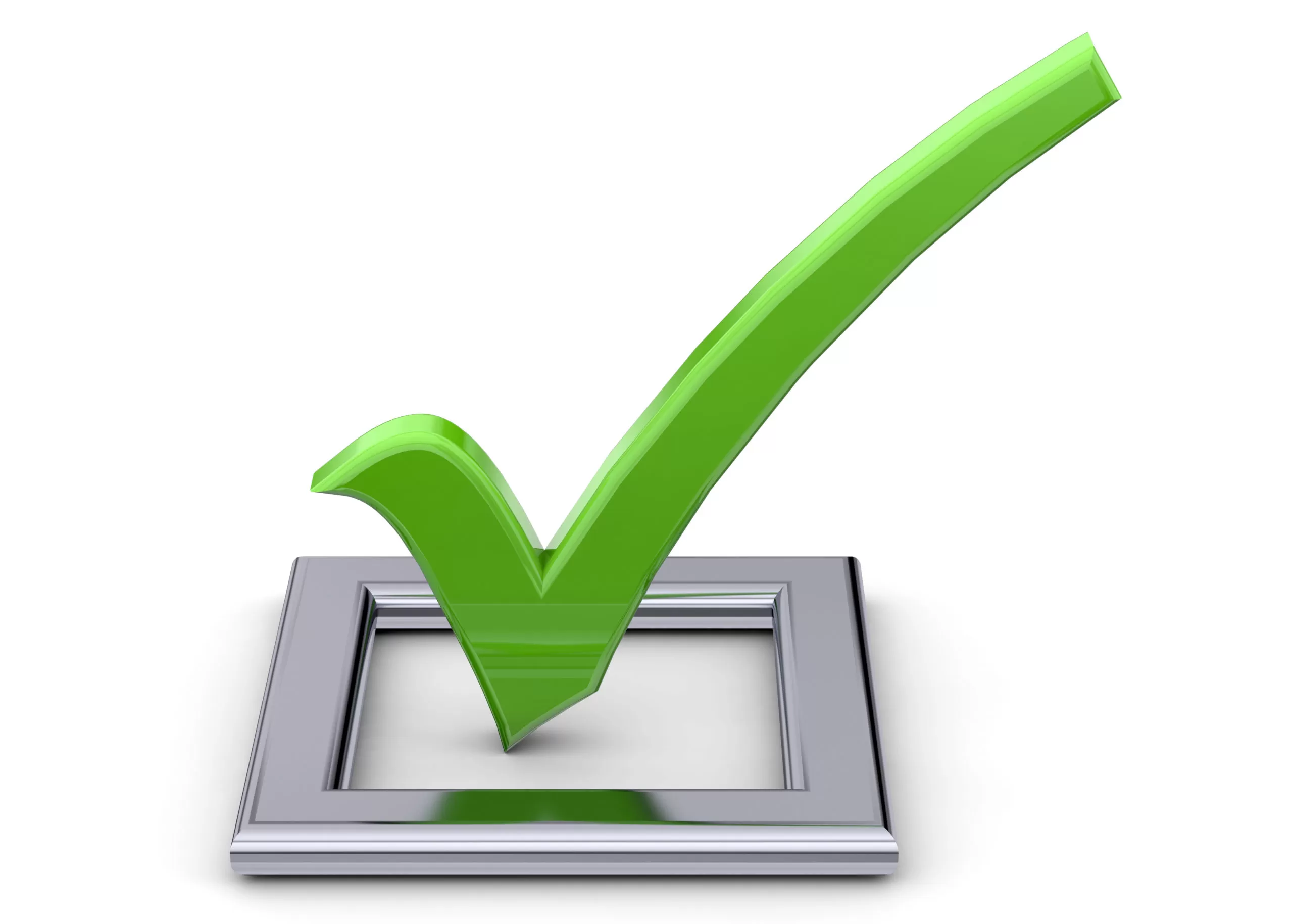One of the final phases of HRIS and payroll system implementation is payroll software parallel testing. This is one of the most critical aspects of system implementation, but also one of the most complex. It’s imperative for organizations to plan for parallel testing so that the implementation is as simple and problem-free as possible.
Our 2024 Preferred HR Software Partners
What is Payroll Software Parallel Testing?
The process of parallel testing ensures that payroll is being accurately calculated by a new system. During parallel testing, the old or “legacy” system is run parallel to new payroll software and the results are compared.
How Does Parallel Testing Work?
During parallel testing, the following steps should be completed:
- All the payroll information for a selected payroll cycle, including outputs such as taxes and benefits, should be exported from the legacy payroll system and saved
- The information that was exported regarding the selected payroll cycle should be entered into the new payroll system
- Payroll should be run using the new system
- The results from the new system can then be compared to the results from the legacy system. Inconsistencies can be addressed.
Who Does the Parallel Testing?
The system undergoing tests will be the new means by which payroll is calculated. So, it makes the most sense that parallel testing be managed by those who will be regularly taking care of payroll responsibilities. This allows hands-on training and generates invaluable troubleshooting experience before the system even goes live.
Unfortunately, this usually doubles the workload for the employees that are required to enter payroll information into both the new and old system. Thus, additional help may be needed during this transition phase. When needed, managers within the organization that have acquired more experience with the new system, or vendor representatives, may provide assistance by answering any questions and providing information.
Determining Payroll Cycles To Be Tested
The payroll cycles that are being tested should reflect normal payroll cycles.
Running parallel testing during cycles in which there are numerous salary increases or several new hires may needlessly increase the likelihood of errors. Running parallel testing during cycles in which there are less than the standard number of payroll transactions, such as the holidays, may not give an adequate representation of how well the system will perform during normal payroll cycles.
How Many Payroll Cycles Should Be Tested?
The standard number of payroll cycles used for parallel testing is two. It is best for these two payroll cycles to be completed consecutively. This will ensure that all errors can be spotted, corrected and re-run immediately.
Organizations have different needs and capabilities, however, so the optimal time and methods for parallel testing may vary.
Categorizing Discrepancies
Once parallel testing has been run for one payroll cycle, the results from the new and legacy systems should be compared line by line. Every discrepancy found should be highlighted and categorized according to the cause of discrepancy.
Causes of discrepancy categories may include:
- Entry errors
- Errors resulting from the old system
- Explainable or acceptable differences (such as rounding errors)
- Errors in rule creation
- Unexplainable errors
Handling Discrepancies
After categorizing these inconsistencies, the discrepancies or the cause of the discrepancies should be corrected as soon as possible. This will allow further parallel payroll testing to produce more accurate results. If there are unexplainable errors, parallel testing should continue until the errors can be clarified and rectified. The system should not “go live” until you are certain that payroll will be 100 percent accurate.










